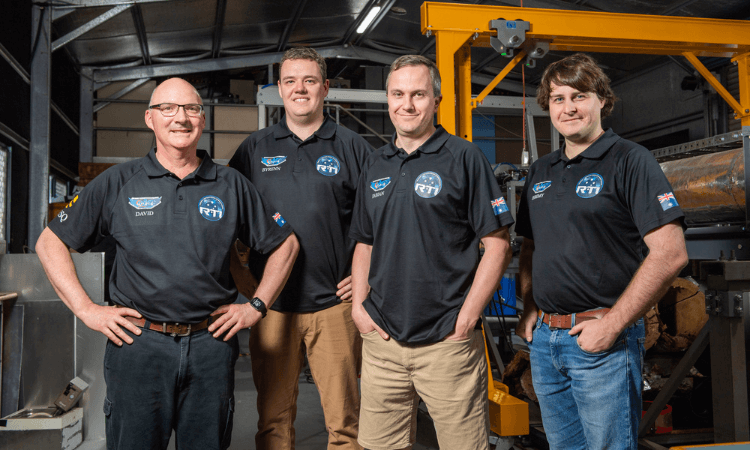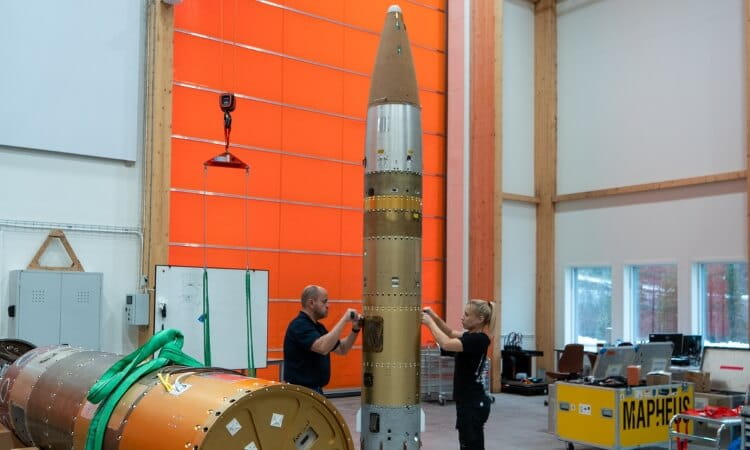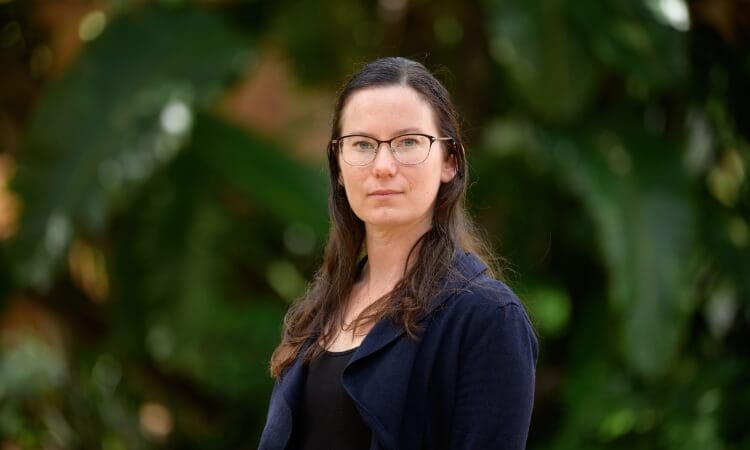On September 24, a NASA capsule containing a sample of asteroid matter will make its return to Earth – but its precious cargo isn’t the only thing drawing interest.
Leading scientists from across the globe are currently assembling in the USA, for the NASA-led HORIS observation project, which will gather invaluable information from the OSIRIS-REx capsule’s descent through the atmosphere into the Utah desert.
Among them is a team of University of Southern Queensland specialists led by hypersonics expert Associate Professor Fabian Zander.
Associate Professor Zander said the team was selected through their prior work on the Hayabusa2 capsule re-entry in 2020, which involved similar airborne observations.
“For NASA to invite us along based on our previous work (on Hayabusa2) is absolutely phenomenal – it’s a very exciting project to be involved with,” Associate Professor Zander said
“The capsule will hit the atmosphere at around 12 kilometres per second, and our main interest will be in the aerothermodynamics of its re-entry.
“There will be a lot of useful data if we can get it, and it’s an educational opportunity; many of our team won’t have seen anything like this before.”
The international team will conduct the re-entry observations from three ground stations and four aircraft, which include three of NASA’s airplanes and one funded through a collaboration between Rocket Technologies International Australia (RTI) and the University of Southern Queensland-led iLAuNCH, under the trailblazer program. The ground-based observations are funded through an Australian Research Council project.
Scientists from NASA, the Japan Aerospace Exploration Agency (JAXA), the University of Southern Queensland, the University of Stuttgart, the University of Queensland, and several other domestic USA organisations will operate the instruments at these ground stations and on the aircraft.
The capsule is expected to re-enter the atmosphere just after 0840 local time on September 24.
“This will be the first time we have worked on a daytime re-entry, which comes with its own challenges,” Associate Professor Zander said.
“We will perform a lot of spectroscopy, looking at gas radiation including atomic emission lines and black body radiation from the capsule to determine its surface temperature.
“These measurements will be done with custom-built spectrographs, both from the ground and through the aircraft windows.
“The bulk of the spectral data will be used to provide feedback on future re-entry capsule design.
“We have models to predict how hot the surface temperature will get and how much heat the gas will radiate to the surface, but these can only be validated with real flight data.
“Any information that can help improve this will be very valuable.”
Also on the project are University of Southern Queensland researchers Dr Byrenn Birch and research associate Jeremy Moran, who will collect data from one of the NASA planes.
“It’s going to be a fantastic experience - we will learn a lot from this project,” Dr Birch said.
“The bright sky background is the element that will be the most challenging to overcome.
“We’ve put significant effort this year into developing strategies to minimise its impact on the measurements, but the proof will come from the actual re-entry.
“I’m confident that if we can spot the capsule, we will get some great and highly valuable data.”
University of Southern Queensland researchers Professor David Buttsworth, A/Prof. Ingo Jahn, A/Prof. Peter Jacobs, Dr. Craig Lobsey, Dr Andrew Lock, Dr Tamara Sopek, Gerard Armstrong, Flynn Hack, Simon Castles, and Maciej Grybko will also participate in the project, some from the air and others from the ground.
Learn more about hypersonics at the University of Southern Queensland.
Additional information: Launched by NASA in 2016, the Origins, Spectral Interpretation, Resource Identification and Security–Regolith Explorer spacecraft (OSIRIS-REx) travelled to a near-Earth asteroid named Bennu to collect a sample of rocks and dust, the first mission in US history to do so. Learn more here.



